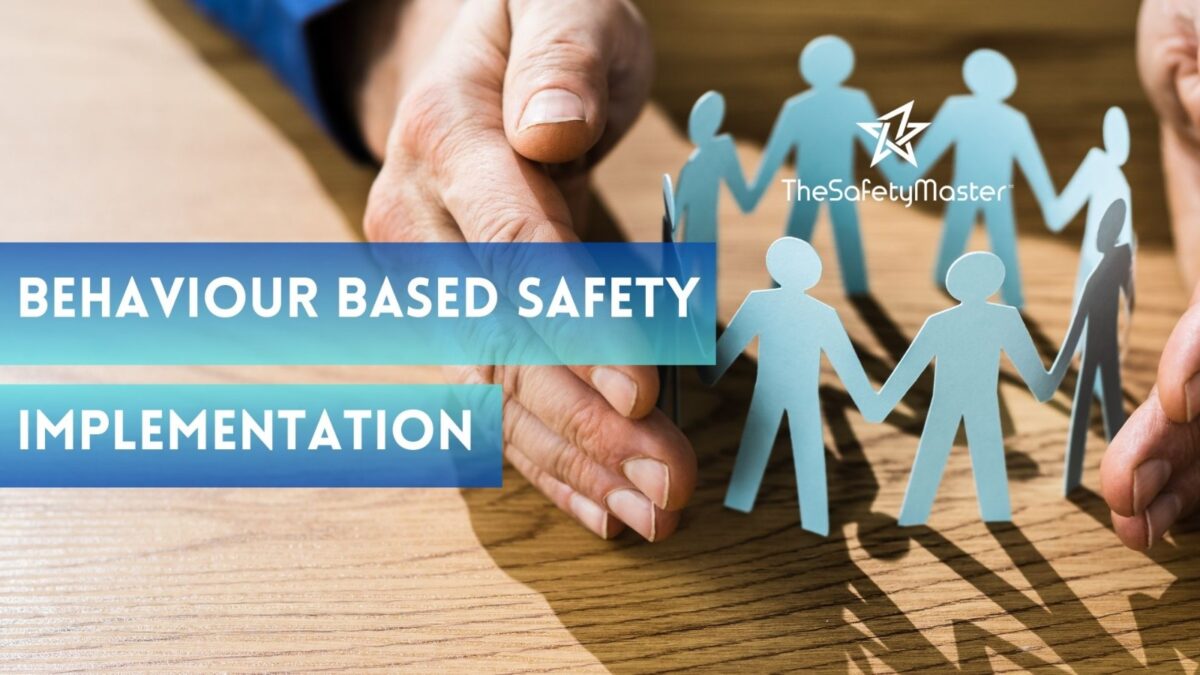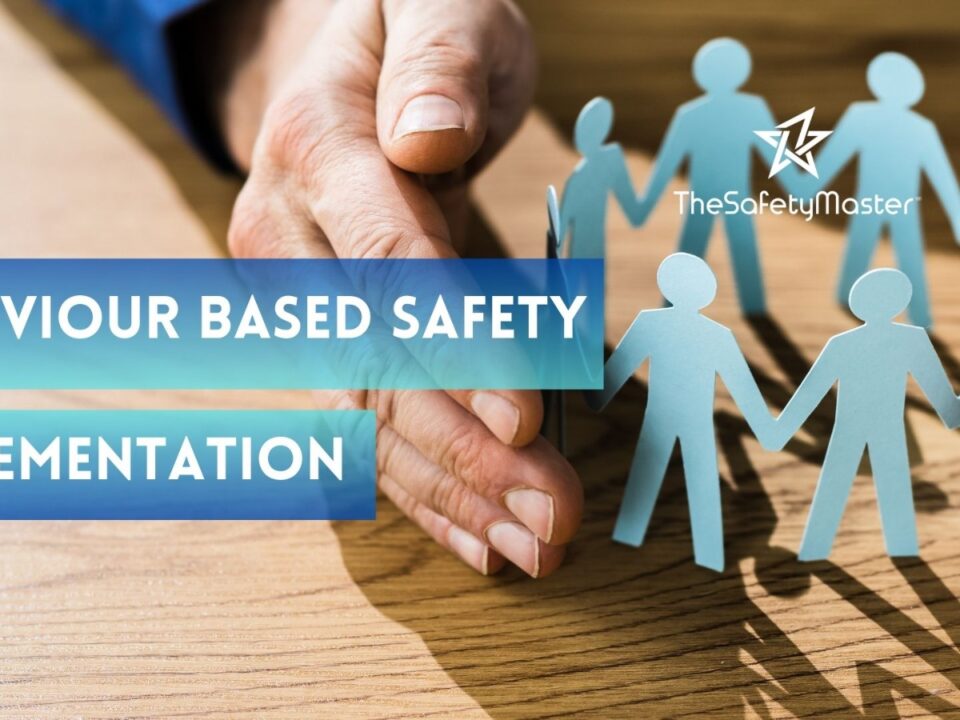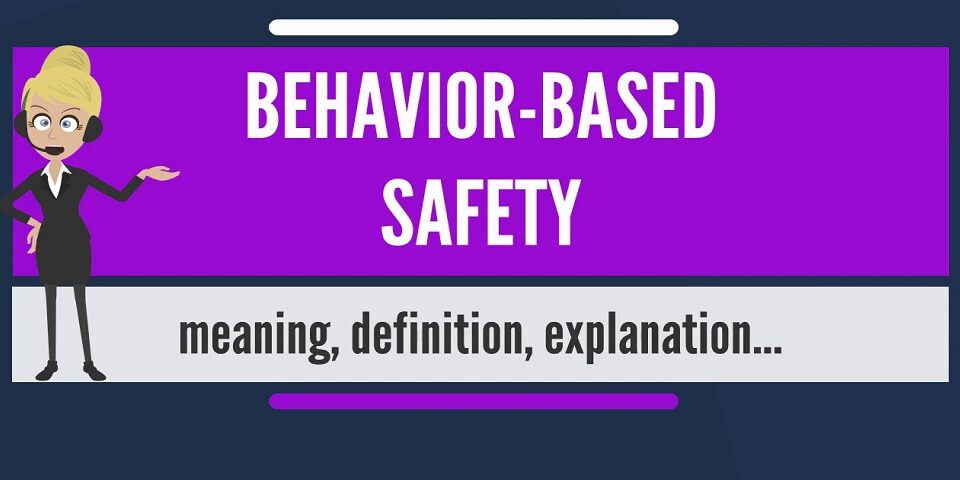BBS Training for all employees of a company – The Safety Master

Safety Audits in the Digital Age: Leveraging Data for Insights
January 23, 2024
BBS Implementation for Safety Culture Transformation for Zero Incident
January 24, 2024Employee safety is a paramount concern for any organization. Ensuring a secure working environment not only protects employees but also enhances productivity and reputation. One innovative approach gaining prominence is Behavior-Based Safety (BBS) Training. In this article, we delve into the world of BBS Training, specifically exploring “The Safety Master” program and its implications for all employees.
Understanding BBS Training
Definition and Purpose
BBS Training focuses on observing and modifying employees’ behaviors to prevent accidents and promote a culture of safety. Unlike traditional safety training that emphasizes rules and procedures, BBS aims to change how employees act in real-world situations.
How it Differs from Traditional Safety Training
While traditional safety training provides essential guidelines, BBS Training goes a step further by addressing the psychological and behavioral aspects of safety. It recognizes that human behavior plays a crucial role in workplace safety.
The Safety Master Program
Introduction to The Safety Master
“The Safety Master” is a comprehensive BBS Training program designed to meet the safety needs of diverse industries. With a user-friendly interface and interactive modules, it stands out as a reliable solution for companies striving to enhance employee safety.
Features and Benefits
The program offers engaging content, real-life simulations, and a personalized learning experience. Employees can access modules tailored to their roles, ensuring relevance and effectiveness. The Safety Master not only educates but also motivates employees to actively contribute to a safer work environment.
Getting Started with BBS Training
Enrolling Employees
Implementation starts with enrolling all employees in the BBS Training program. This inclusive approach ensures that every team member, from entry-level to managerial positions, is well-versed in safety protocols.
Customizing Training Modules
“The Safety Master” allows customization based on industry-specific risks. Tailoring modules to address the unique challenges of a company enhances the relevance of the training, making it more impactful.
Interactive Learning Techniques
Incorporating Simulations
Simulations create a virtual environment where employees can practice responding to emergencies. This hands-on experience enhances their ability to react appropriately in real-life situations.
Real-life Scenario-Based Training
By presenting realistic scenarios, BBS Training prepares employees for the unexpected. This approach builds muscle memory for safe practices, ensuring quick and effective responses when needed.
BBS and Employee Engagement
Motivating Employees to Participate
Employee engagement is crucial for the success of BBS Training. Recognizing and rewarding active participation creates a positive atmosphere, encouraging employees to embrace safety practices.
Encouraging a Safety-Conscious Culture
BBS goes beyond individual actions, promoting a culture where safety is everyone’s responsibility. Employees become proactive in identifying and addressing potential hazards, fostering a collective commitment to a secure workplace.
Addressing Common Safety Concerns
Identifying Potential Hazards
BBS Training equips employees with the skills to identify and report potential hazards promptly. This proactive approach minimizes the risk of accidents and creates a more vigilant workforce.
Implementing Preventive Measures
Training empowers employees to actively participate in implementing preventive measures. From proper equipment usage to maintaining a clean workspace, BBS ensures that safety becomes ingrained in daily routines.
The Role of Managers and Supervisors
Training Leaders for Effective Supervision
Managers and supervisors play a pivotal role in reinforcing safety practices. BBS includes specialized modules for leadership, ensuring that those in charge are well-equipped to lead by example.
Monitoring and Reinforcing Safety Practices
Continuous monitoring and feedback mechanisms are essential. Managers must consistently reinforce safety standards to create a workplace where adherence to safety protocols becomes second nature.
Measuring Training Effectiveness
Key Performance Indicators
Establishing key performance indicators (KPIs) allows organizations to quantify the impact of BBS Training. Reduced accident rates, increased near-miss reporting, and improved safety culture are indicators of success.
Continuous Improvement Strategies
BBS is an evolving process. Regular evaluations and feedback loops enable organizations to refine training methods and adapt to changing workplace dynamics for continuous improvement.
Success Stories from Companies
Highlighting Positive Outcomes
Numerous companies have witnessed significant improvements in safety records after implementing BBS Training. These success stories serve as inspiration and evidence of the program’s efficacy.
Real-world Examples of Improved Safety Records
Case studies detailing companies that experienced a decline in accidents, injuries, and fatalities following BBS implementation provide tangible proof of the program’s positive impact.
Challenges in Implementing BBS Training
Resistance from Employees
Resistance to change is a common hurdle in implementing BBS Training. Addressing concerns, providing clear communication, and showcasing the benefits can help overcome initial resistance.
Overcoming Organizational Obstacles
Some organizations may face logistical or cultural challenges in adopting BBS. Open communication, leadership support, and a phased implementation approach can mitigate these obstacles.
Future Trends in Employee Safety
Technological Advancements
The future of employee safety lies in technological innovations. Virtual reality, artificial intelligence, and data analytics are expected to play significant roles in enhancing BBS Training effectiveness.
Predictions for the Next Decade
Anticipated advancements include personalized learning experiences, real-time safety monitoring, and predictive analytics to identify potential risks before they escalate.
The Cost of Ignoring BBS Training
Consequences of Neglecting Safety
Failure to invest in BBS Training can result in increased workplace accidents, injuries, and potential legal liabilities. The cost of neglecting safety far outweighs the investment in a comprehensive training program.
Financial Implications for Businesses
Accidents lead to downtime, increased insurance premiums, and legal costs. The financial toll on a business that neglects employee safety can be severe and long-lasting.
FAQs about BBS Training
- What is BBS Training, and how does it differ from traditional safety training?
- BBS Training focuses on behavioral aspects, changing how employees act in real-world situations, whereas traditional safety training emphasizes rules and procedures.
- How can BBS Training be customized for different industries?
- “The Safety Master” program allows customization based on industry-specific risks, tailoring modules to address unique challenges.
- What role do managers and supervisors play in BBS Training?
- Managers and supervisors undergo specialized modules in BBS Training to effectively lead by example and reinforce safety practices.
- How is the effectiveness of BBS Training measured?
- Key performance indicators, such as reduced accident rates and increased near-miss reporting, are used to measure the impact of BBS Training.
- What are the anticipated future trends in employee safety training?
- Future trends include technological advancements such as virtual reality, artificial intelligence, and predictive analytics for more effective BBS Training.
Conclusion
Embracing BBS Training, especially through programs like “The Safety Master,” is an investment in the well-being of employees and the long-term success of a company. By addressing behavior and fostering a safety-conscious culture, organizations can create workplaces where accidents are minimized, and employees thrive in a secure environment.




